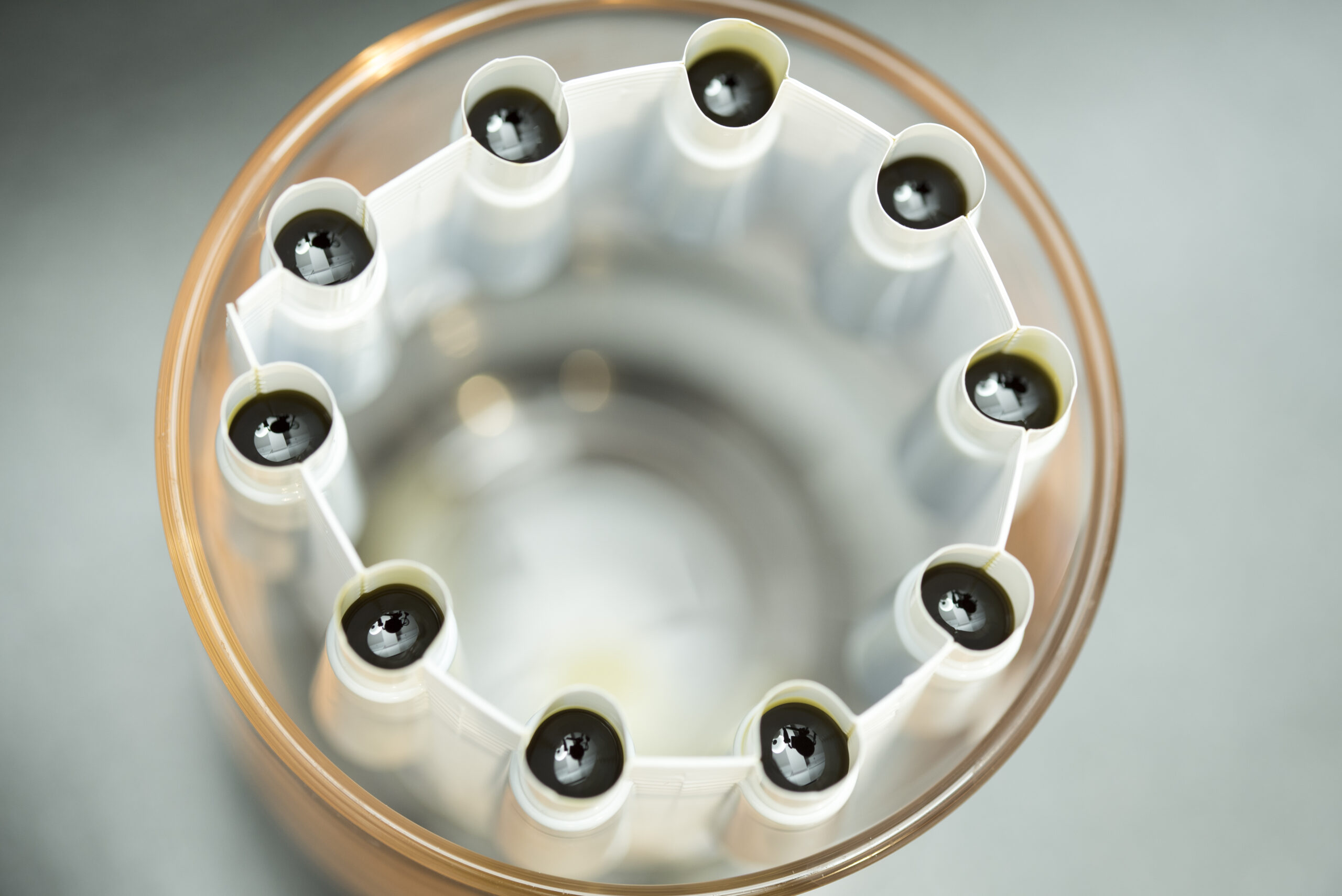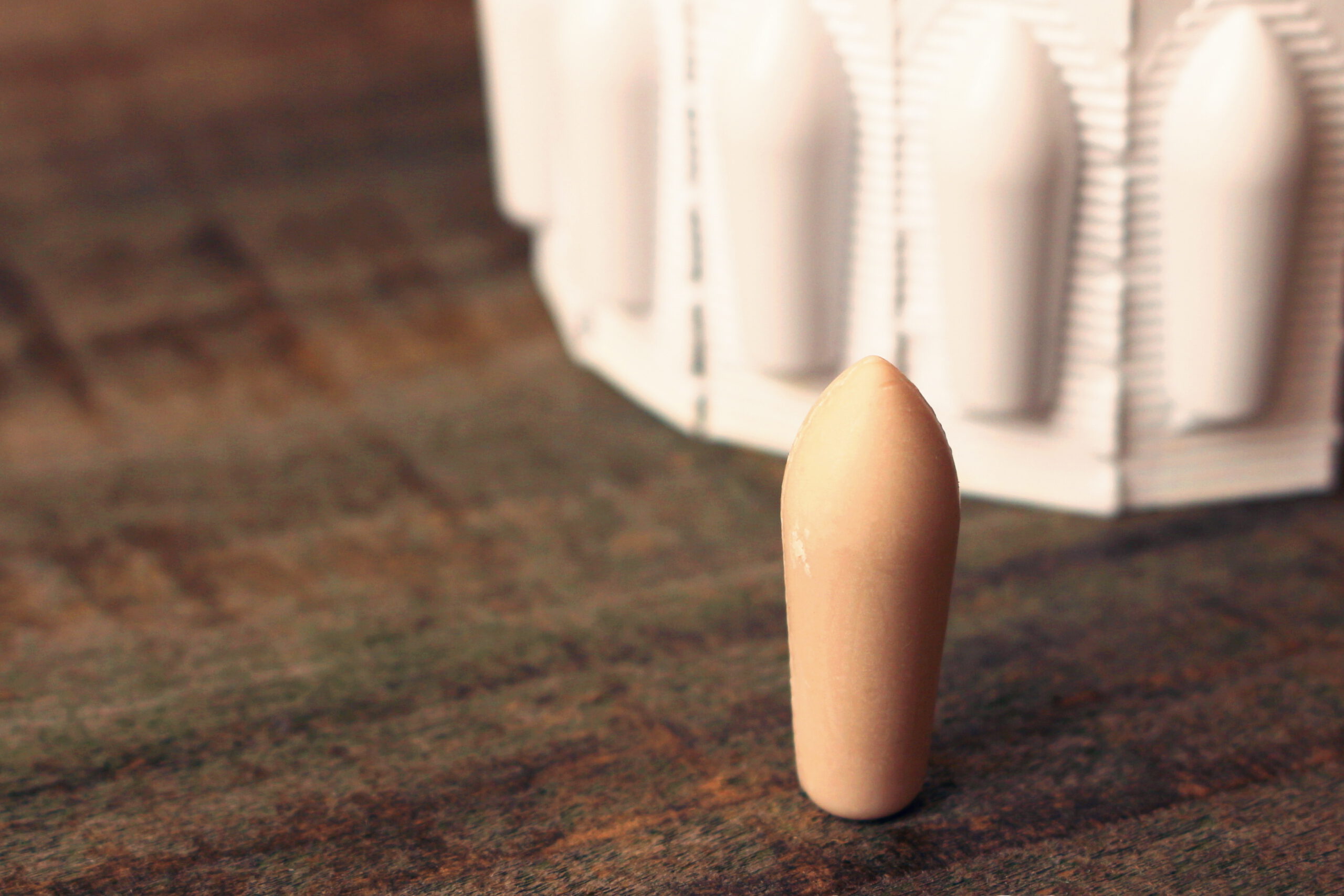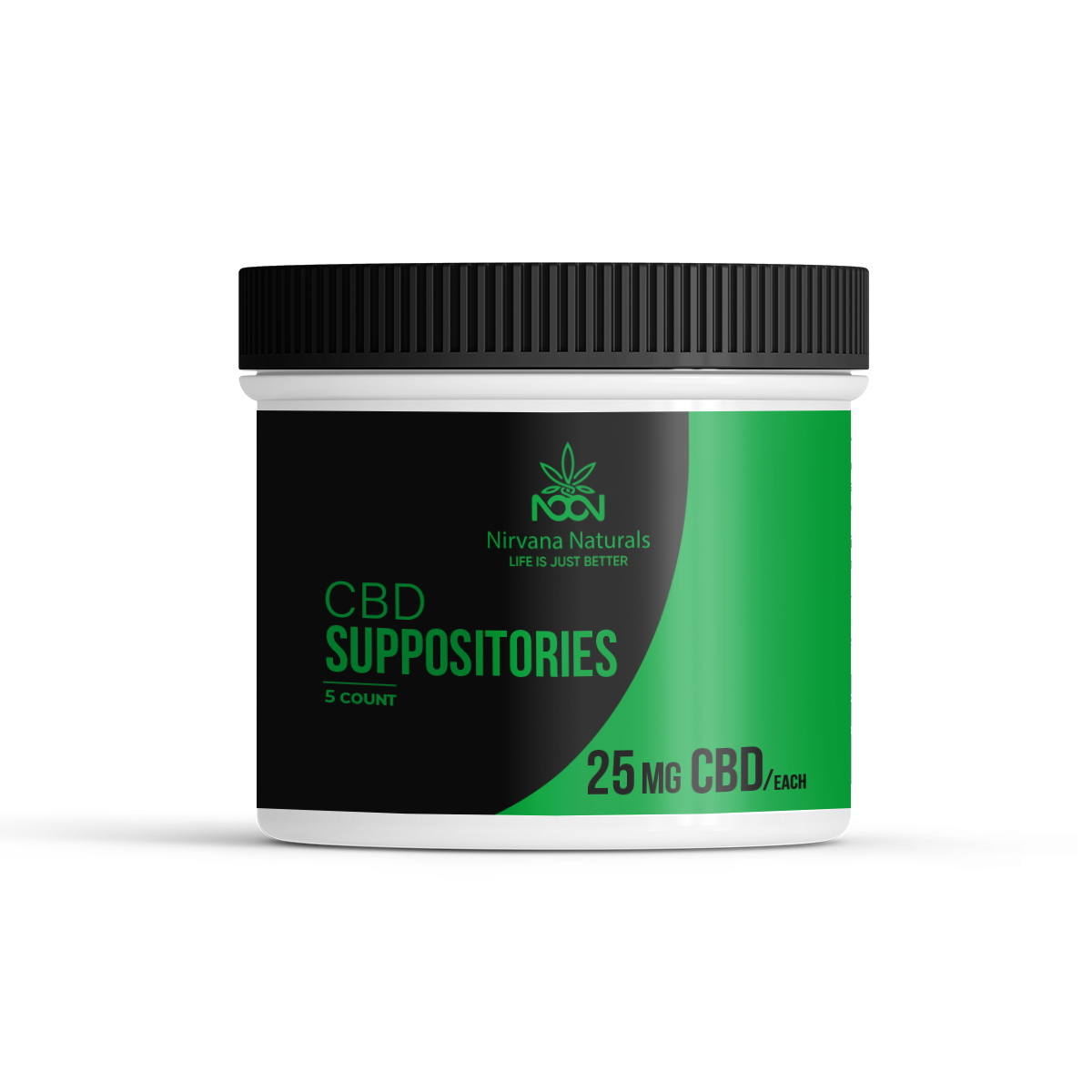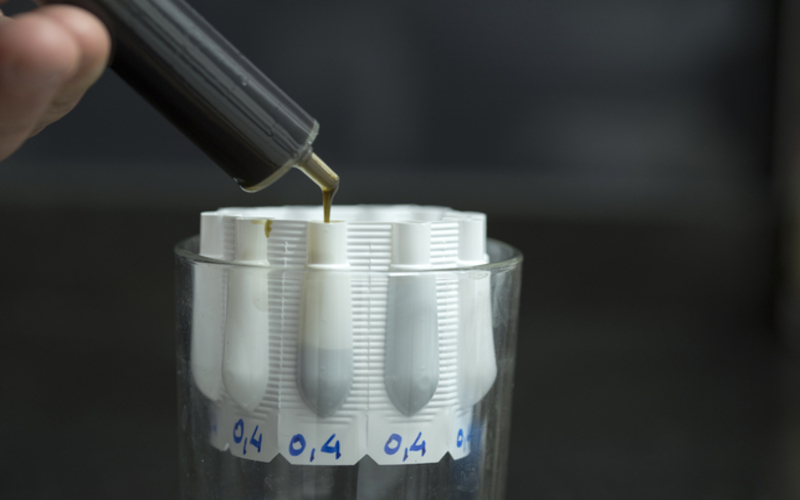Cannabis suppositories, perhaps an unexpected consumer packaged good, are quietly creeping onto dispensary shelves across North America.
The power of cannabis suppositories has never been a secret among chronically ill patients, but for the general public, vaginal and/or rectal administration has remained too taboo or embarrassing to discuss openly.

With roughly 50 million cannabis consumers in the U.S., brands feel comfortable branching out into novel product lines like cannabis suppositories.
Yes, it’s partially an attempt to stand out in an oversaturated wellness market, but for many people, it also legitimately provides relief from chronic pain and improves sexual health.
Patients Overwhelmingly Approve of Cannabis and CBD Suppositories
Researchers tell us that many drugs are suitable for rectal or vagina administration and are often more effective when delivered this way.
As one review by T.W. Herman summarized, suppositories can improve bioavailability. Further, they can avoid first-pass effects, promote absorption, offer sustained release, and target specific ailments.
Cannabis also benefits from this approach. Mahmoud A. ElSohly is a cannabis researcher and pharmacist at the Research Institute of Pharmaceutical Sciences at the University of Mississippi.
He published several investigations into the pharmacokinetics and tolerability of cannabis suppositories. ElSohly’s findings highlight how this route is “well-tolerated in human volunteers, and supports a strategy to enhance systemic bioavailability and increase the duration of therapeutic plasma concentrations.”
Among medical cannabis patients, the scientific evidence only proves a point. Many patients have been repeating these assertions for years to anyone who will listen. Sarah Ratliff, a long-time medical cannabis user, writer, and advocate from Puerto Rico, is one such patient.

She initially began using medical cannabis for chronic pain following decades of Vicodin use, but then “discovered it worked amazingly on asthma, anxiety, and insomnia.”
Ratliff made the leap to suppositories after reading an article about how people were using this option for relief during their periods.
Ratliff explained, “I figured if it could help for period pain, it maybe could help with my vaginal atrophy and lowered sex drive. I was and remain very happy with how much it’s helped in both areas.”
When asked if she felt embarrassed at any point, she strongly reported otherwise. “I spent years being embarrassed about going through menopause and never reaching out to anyone to ask for help. I could have saved myself time and frustration,” she said.
A Novel Cannabis Product for the Health and Wellness Sector
Even if the current number of suppository consumers is small, the enthusiastic support for this product is enough to convince some of the medical and wellness-minded brands across North America to explore suppositories as new SKUs.
California brands in particular seem to be moving in this direction; Hello Again and Kiskanu are just two examples.
Canada also has a handful of options, starting with Prairie Grass, which became the first regulated product to enter the category at the end of 2021.

Nirvana Naturals is a CBD brand launched in 2022 that is already entering the suppository niche.
Sue Dhillon, one of three sisters behind the company, described their approach as “hyper-wellness-focused” with the inclusion of ayurvedic ingredients like turmeric and honey.
Dhillon and her sisters strive to create an inclusive lineup of products, providing options to customers beyond the usual edible and inhalable items currently dominating the market.
Dhillon explained that suppositories are all about “allowing people a different form of administration because some people don’t want to digest CBD. They don’t like taking it orally, and others just don’t feel the impact from something topical.”
Suppositories offer consumers choice, and for those who have tried this route, often a more efficacious one.
There is also a bit of a marketing angle at play. CBD has become one of the most competitive spaces in cannabis. To succeed among consumers, brands need to differentiate. As a hyper-focused wellness brand, Dhillion said,
“We love that it wasn’t super mainstream and everyone wasn’t doing it.”

For Nirvana Naturals, the suppository experiment seems to be playing out well. So far, the feedback has been over-whelmingly positive.
Dhillon shared that many people were surprised at the level of effect a suppository could deliver, with a few customers reporting that suppositories delivered more relief with the same dose than gummies or topicals could.
“Kush for Your Tush” and Other Marketing Advice
There have been many, many jokes made about cannabis suppositories. But all jokes aside, these products still hover at the edge of embarrassment for many consumers. While Ratliff and others may be shouting from rooftops about the benefits, the truth is this is still a novel product with a learning curve.
Samantha Dumas, SVP at Wunderworx, a full-service cannabis agency, recommends a problem-solution marketing strategy. “Suppositories are great for brands that truly want to help people get a potent and targeted solution for specific conditions,” she said.
They don’t fit into the everyday wellness product category, like CBD oils or cherry-flavored gummies. Instead, suppositories are taken by medical consumers “who are very much aware of their condition, and who are really seeking a solution to their problem.”

For clients marketing novel new products like these, she advises them to identify the early adopters in the niche and do in-depth research into their buyer personas.
Then develop products, packaging, and branding with these trendsetters in mind. She’d even go so far as to create a separate website for this product to let it shine and to properly highlight the features.
A Niche Product with Immense Potential
THC- and CBD-infused suppositories will likely never reach the popularity of gummies, but they serve a very dedicated subsection of the market.
With people reporting these products relieve pain, target localized inflammation, and improve sexual health, there is a substantial opportunity here among wellness-oriented cannabis brands to take advantage of a nonsaturated niche.
This article first appeared in Volume 4 Issue 3 of Cannabis & Tech Today. Read the full issue here.
Author
-
Jessica McKeil is a cannabis writer based in British Columbia, Canada. She has a passion for cannabis tech and scientific breakthroughs, which has led her to work with some of the industry's biggest brands. She is the owner and lead-writer of Sea to Sky Content (httpsss://www.seatoskycontent.com/); a content company focused on improving organic traffic through the power of words.






